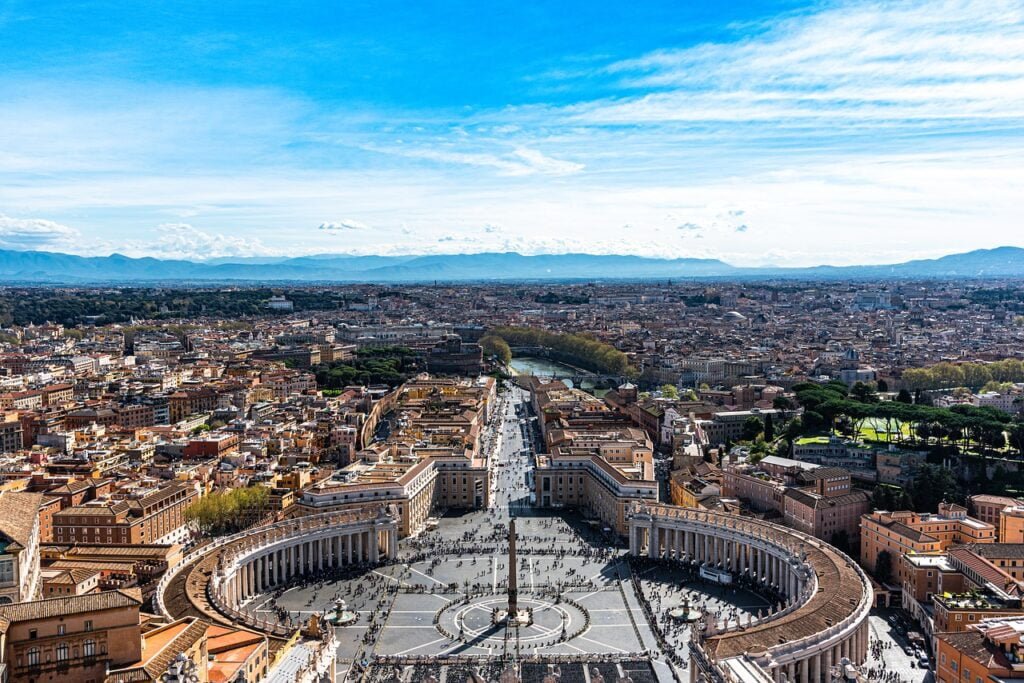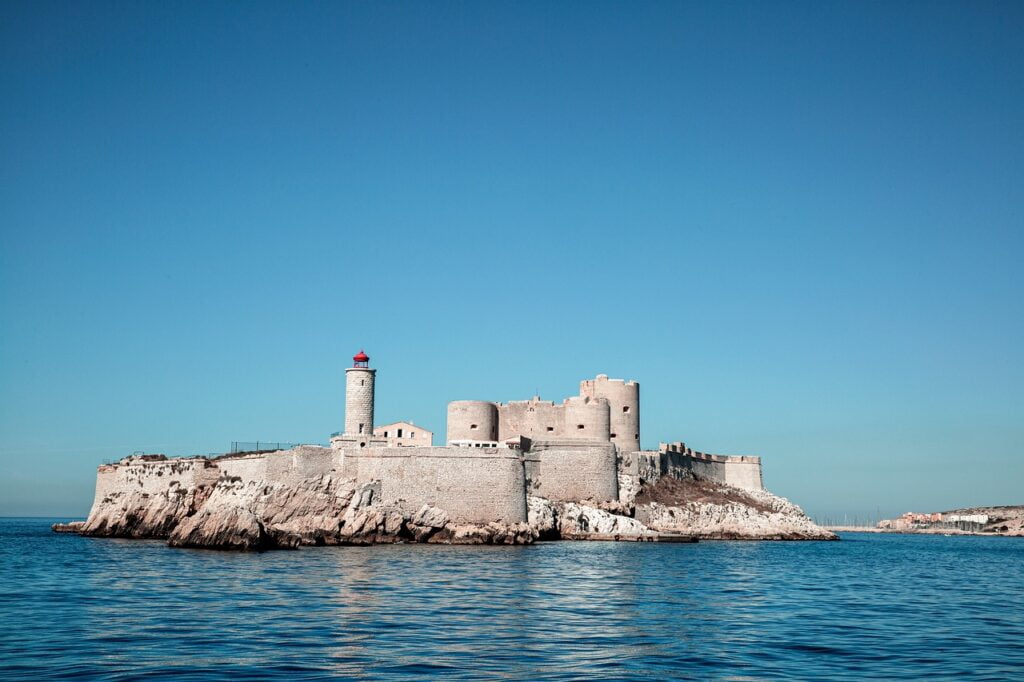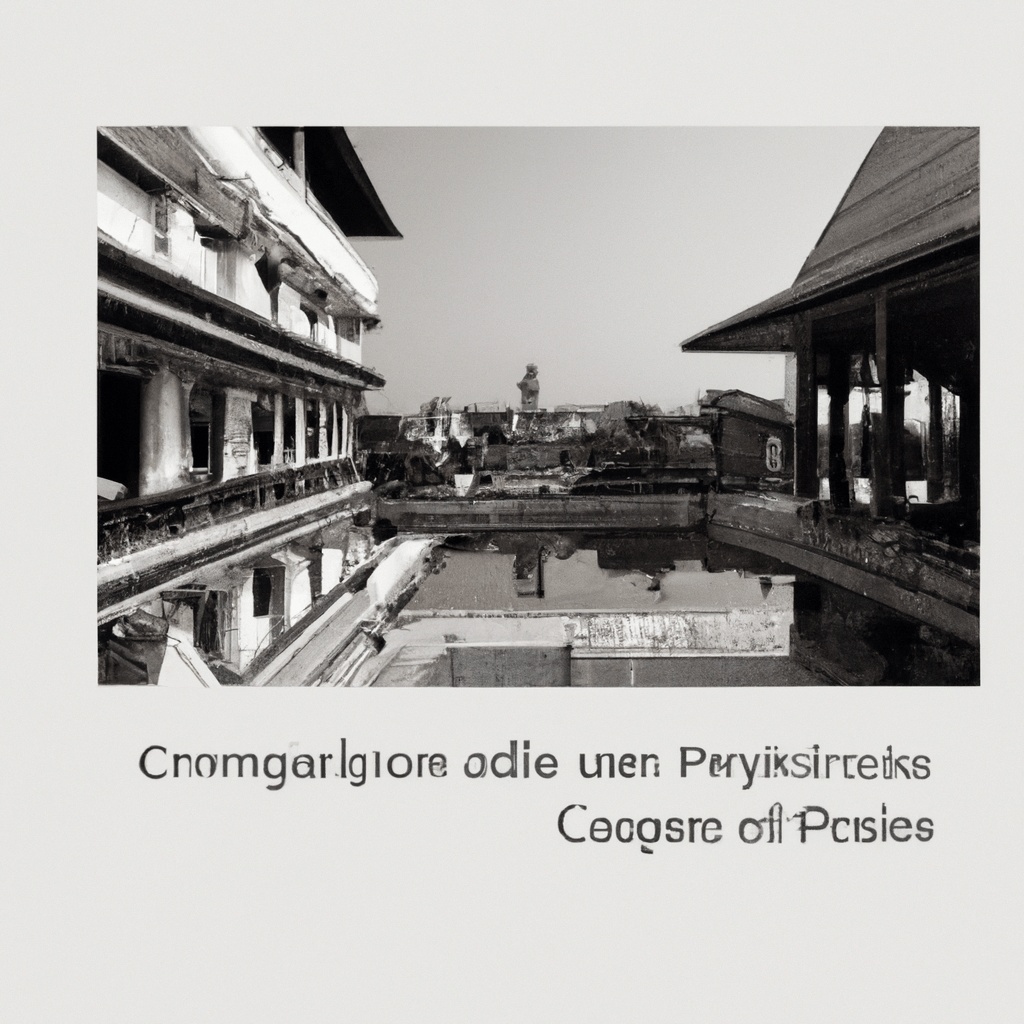In the vibrant landscape of Egypt’s real estate market, the call for a balance between preserving heritage and championing modernity is growing louder. In “Striking the Balance: Heritage Conservation in the Modern Era,” you’ll explore both the rich history that imbues Egypt’s architectural treasures and the contemporary technologies preserving these sites for future generations. Expect to journey through an enlightening blend of time-honored traditions and innovative advancements, all in the context of heritage conservation. As you navigate the intricate dance of respect for the old and the embrace of the new, you’ll uncover the unique challenges and rewards that reside within Egypt’s remarkable real estate domain.

The Challenge of Heritage Conservation in Egypt
Understanding the context
In Egypt, heritage conservation poses quite the challenge. It’s a delicate dance trying to balance modernization and economic development without sacrificing cultural heritage and identity. As a homeowner or someone involved in the property market, you might have already experienced this predicament firsthand. This challenge is fueled by numerous factors such as rapid urbanization, policy constraints, inadequate resources, and a general lack of awareness about the importance of heritage conservation.
Key issues
Many heritage sites run the risk of decay, and some have already succumbed to neglect or demolition for real estate developments. Other issues are the poorly enforced heritage preservation laws and a lack of community participation in preservation initiatives. In some cases, preservation efforts might be hindered by local residents’ perceptions that such initiatives may interfere with their property rights and personal freedoms.
Importance of cultural heritage
Cultural heritage is not just about preserving old buildings and antiquities. It’s about safeguarding the symbols of a civilization’s heritage, identity, and continuity. It is about preserving the unique architectural designs that tell stories of Egypt’s past. Heritage sites act as a powerful tool in showcasing the diverse culture and attracting tourism, which contributes significantly to the national economy.
Impacts of Modern Developments on Historic Sites
The clash between development and preservation
Real estate development is essential for the growth of the economy and the modernization of the society. However, such development clashes with preservation of heritage sites when unregulated urbanization leads to the destruction of historic sites.
Case studies of real estate projects in Egypt
Consider Cairo, for example. Several real estate projects have led to the displacement of historic neighborhoods and the loss of numerous archaeological sites. In Alexandria, many vintage villies and historic districts have been dismantled to make way for apartment buildings and commercial complexes. These developments, while economically beneficial in the short term, have long-term consequences on Egypt’s cultural identity and heritage.
Employing strategies for minimizing impact
Strategies such as adaptive reuse of historic buildings, strict zoning regulations and incentivizing developers for heritage preservation can help minimize the negative impact of modern development projects.
Case Study: The Ramasseum and Luxor
Background of the heritage site
The Ramesseum, named after Pharaoh Ramesses II’s mortuary temple, lies in the city of Luxor. Luxor, often hailed as the world’s greatest open-air museum, is teeming with temples and tombs that tell the tale of Egypt’s rich history.
Effects of real estate development
However, Luxor has also witnessed rampant real estate development. Unregulated building activities have led to encroachment on archeological sites, including the Ramesseum. This has led to damage and loss of invaluable ancient structures and artefacts.
Efforts for conservation
Several non-profit organizations, international bodies, and government agencies have been working to preserve Luxor’s heritage sites. Investments have been made to shift newly constructed buildings away from the heritage sites, regulate building activities, and incorporate conservation requirements into urban development plans.
The Potential of Adaptive Reuse in Real Estate
What is adaptive reuse?
Adaptive reuse refers to the practice of reusing an old site or building for a purpose other than which it was built or designed for. It’s an effective strategy for preserving the architectural integrity of a heritage site while making it suited to contemporary use.
Examples in Egypt real estate
In Egypt, a few examples of adaptive reuse include the conversion of Old Cairo’s historic houses into boutique hotels, and the transformation of outdated factories in the industrial city of Mahalla into cultural and educational centers.
Pros and Cons of adaptive reuse
Adaptive reuse has the potent to benefit both heritage conservation and real estate development. It preserves the character of heritage sites, provides a unique selling point for properties, and minimizes construction and demolition waste. However, it may also present challenges such as high initial renovation costs, potential structural risks and limitations for real estate developers.

Community Role in Heritage Conservation
Importance of community involvement
Engaging the community in heritage conservation efforts can be a game-changer. After all, heritage sites re not just stone and cement structures; they hold sentiments and symbolize identity for the local community. Involving the community ensures their legacy is preserved in the most empathetic and informed way.
Impact on community-led conservation efforts in Egypt
In Egypt, community-led actions have contributed to successful conservation projects. In El-Kom El-Dikka in Alexandria, residents rallied against a proposed commercial development project that would have destroyed a significant archaeological site.
Case studies
Several community-led efforts in Egypt, like the preservation and restoration of the Hanging Church in Old Cairo and the Qaitbay Citadel in Alexandria, have achieved significant success. The success of these projects demonstrates that community involvement is not only possible but can play a crucial role in protecting cultural heritage.
Institutional Framework for Heritage Conservation in Egypt
Governmental bodies associated with heritage conservation
In Egypt, several governmental bodies like the Ministry of Antiquities, the Egyptian Antiquities Authority, and the Egyptian Heritage Rescue Foundation are instrumental in maintaining and protecting the country’s archaeological sites and monuments.
Policies and laws for preservation
Policies and laws related to heritage conservation are enforced by these institutions. These laws prohibit the encroachment and exploitation of heritage sites and facilitate their regular maintenance and restoration.
Challenges and recommendations
However, gaps in legislation, inefficiency in law enforcement, and lack of resources pose considerable challenges in the current institutional framework. It’s recommended that policies and laws be consistently reviewed and updated in line with best practices globally, integrating technological advancements and accommodating changes in urban contexts.

Partnerships Between Real Estate Sector and Conservation Bodies
Why partnerships are important
Partnerships between the real estate sector and conservation bodies can prove mutually beneficial. It can help the real estate sector increase their corporate social responsibility profile, attract customers looking for unique properties and contribute to sustainable development. On the other hand, it provides the conservation bodies with vital funding and resources.
Successful collaborations between real estate and conservation bodies in Egypt
In Egypt, partnerships like these have contributed greatly to heritage conservation. For instance, Al-Ismaelia for Real Estate Investment collaborated with the Aga Khan Trust for Culture to renovate several heritage buildings in Downtown Cairo.
Broader benefits of these partnerships
These partnerships not only serve the economic and cultural interests of the partners but also make a positive impact on the broader community. It contributes to job creation, boosts tourism and upholds the cultural identity of the area.
The Role of Technology in Heritage Conservation
Emerging Technologies
Emerging technologies like 3D scanning and printing, virtual and augmented reality, and drone surveying are revolutionizing the field of heritage conservation.
Use of technology in Egypt’s heritage conservation
In Egypt, these technologies are being harnessed to document and preserve ancient structures. Scans of ancient tombs and temples are being created and used for study, preservation, and virtual tourism.
Benefits and limitations of technology
Technology allows for cost-effective, accurate, and non-invasive documentation and preservation. It also opens up exciting possibilities for digital tourism. However, these technologies are expensive and require skilled personnel to operate. Also, the rapid pace of technological change can result in quickly outdated equipment or data formats.

Economic Considerations of Heritage Conservation in Real Estate
Cost factor in preservation
Heritage conservation is often perceived as a costly affair, from initial surveying to ongoing maintenance and management. For the real estate sector, the cost of renovating a heritage site for commercial use might appear discouraging.
Investment in heritage conservation Vs property development
However, preserving a heritage site should not be seen solely as a cost. When appropriately managed, these sites can yield significant dividends in the form of boosted tourism revenues and increased property value due to their historic and artistic value.
Revenue generation from heritage tourism and its effect on economy
Heritage tourism is a multi-billion dollar global industry. Heritage sites attract both local and international tourists, creating jobs in the tourism sector and contributing to the local economy.
The Future of Heritage Conservation in the Modern Era
Predicted trends in preservation
Contemporary preservation trends consider cultural heritage as an integral part of urban planning and development, rather than as an obstacle. Adaptation of advanced technology in preservation practices, and increasing community involvement in preservation efforts are expected to guide the future of heritage conservation.
Impact of climate change on heritage sites
Climate change poses a significant challenge to the conservation of heritage sites. Changes in weather patterns can drastically affect the integrity of ancient monuments. The impact of climate change needs to be considered, and preemptive measures should be incorporated into conservation strategies.
Moving towards sustainable conservation in Egypt’s real estate sector
In Egypt, the real estate sector is ideally positioned to lead the move towards a more sustainable approach to heritage conservation. By adopting innovative approaches such as adaptive reuse, collaboration with conservation bodies, and building regulations that respect the integrity of heritage sites, the real estate sector can contribute significantly to sustainable urban growth and development in Egypt.


